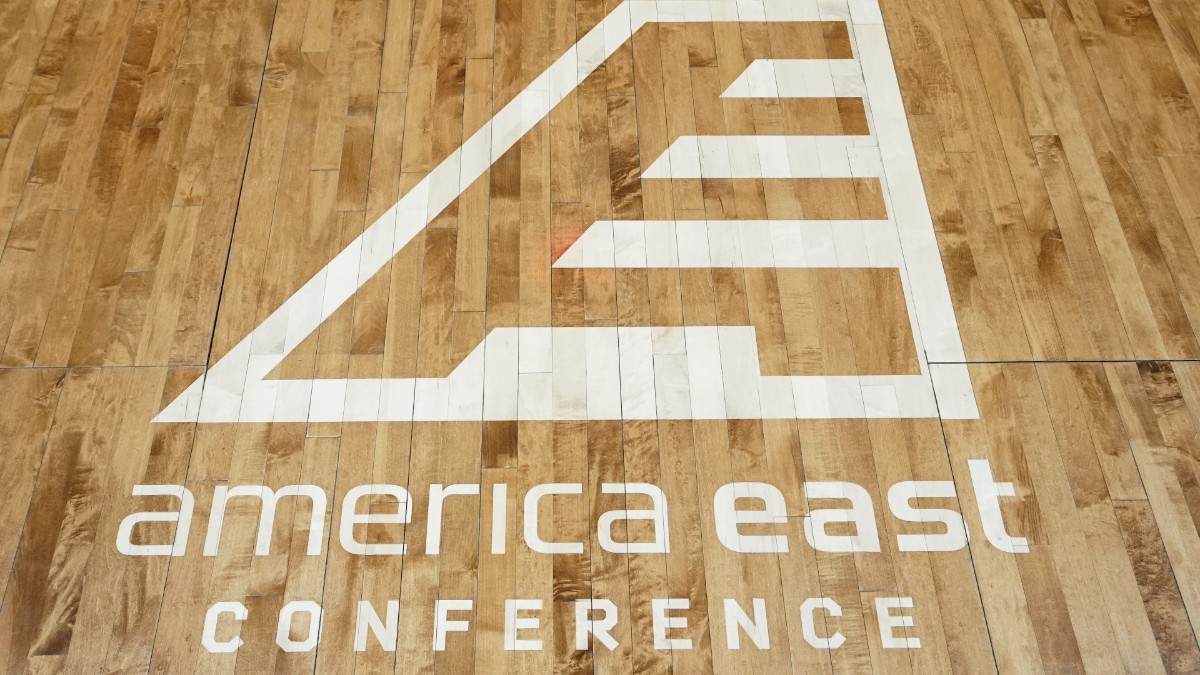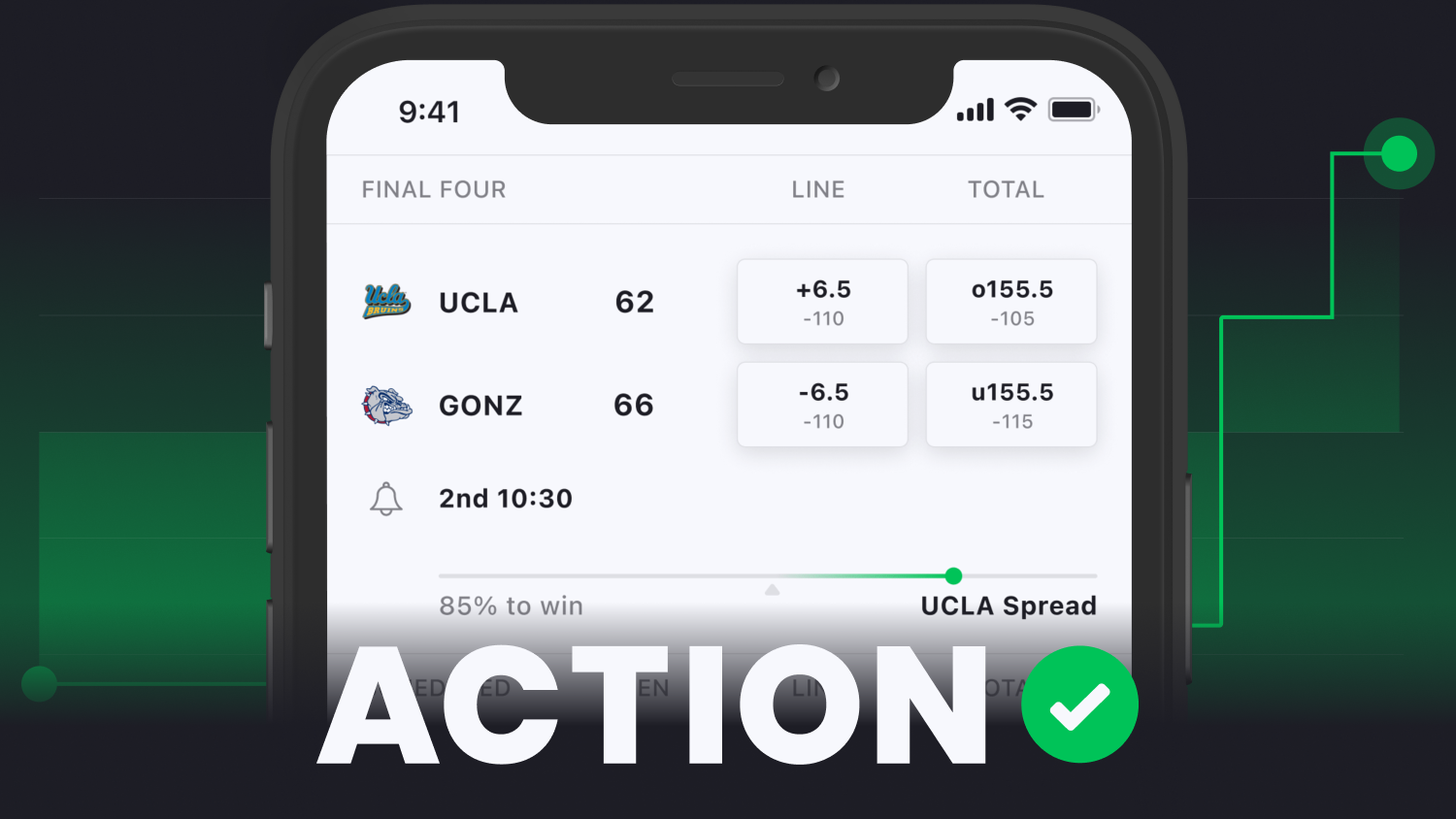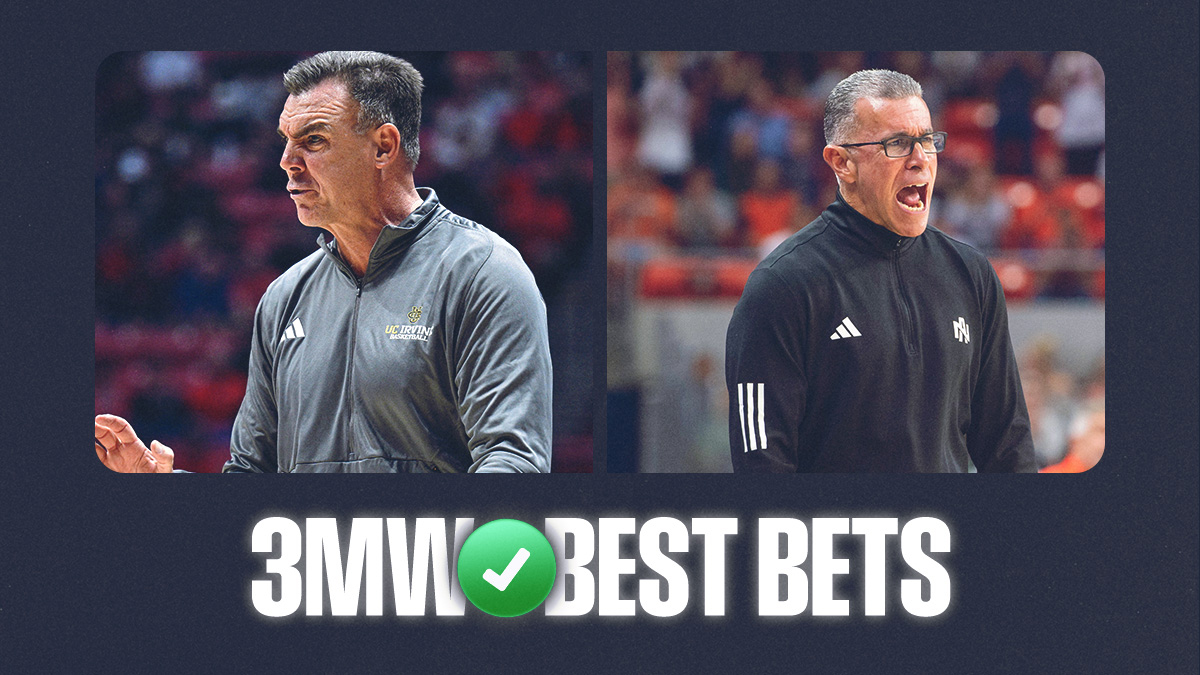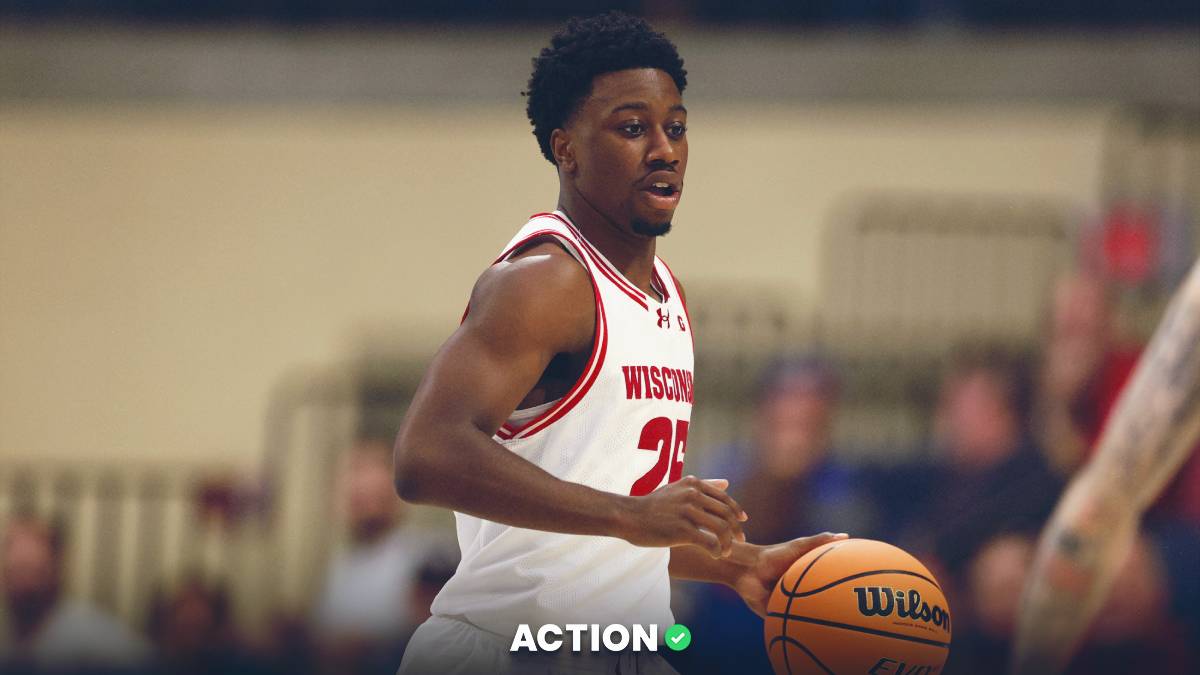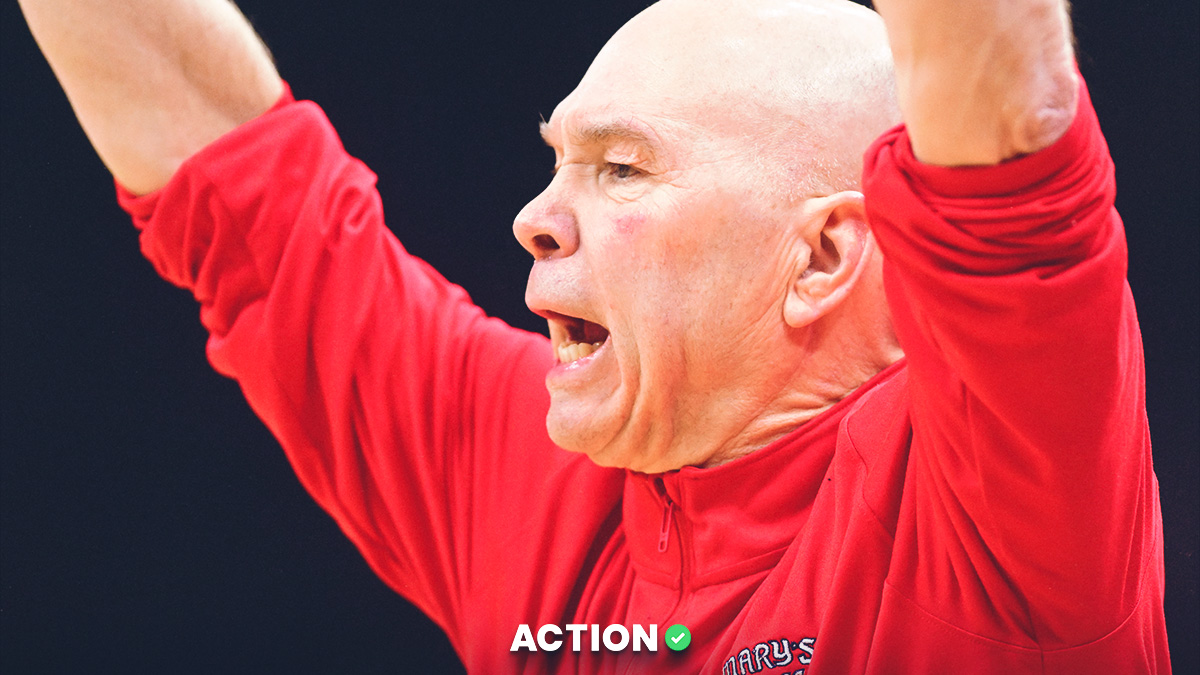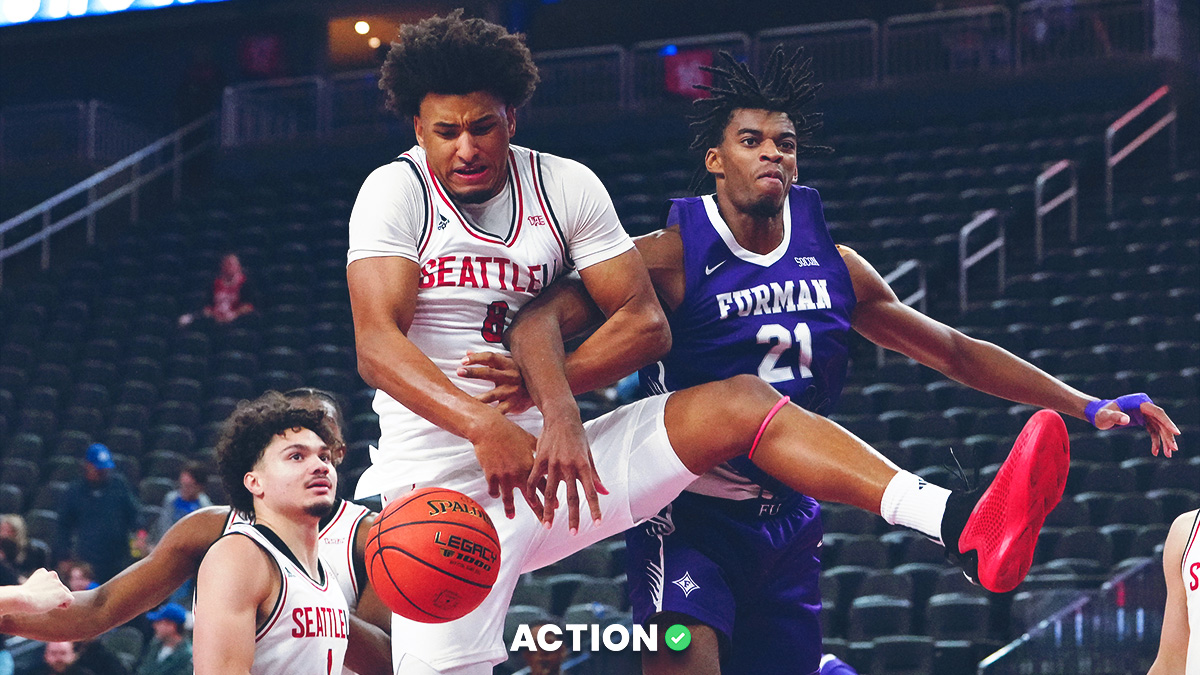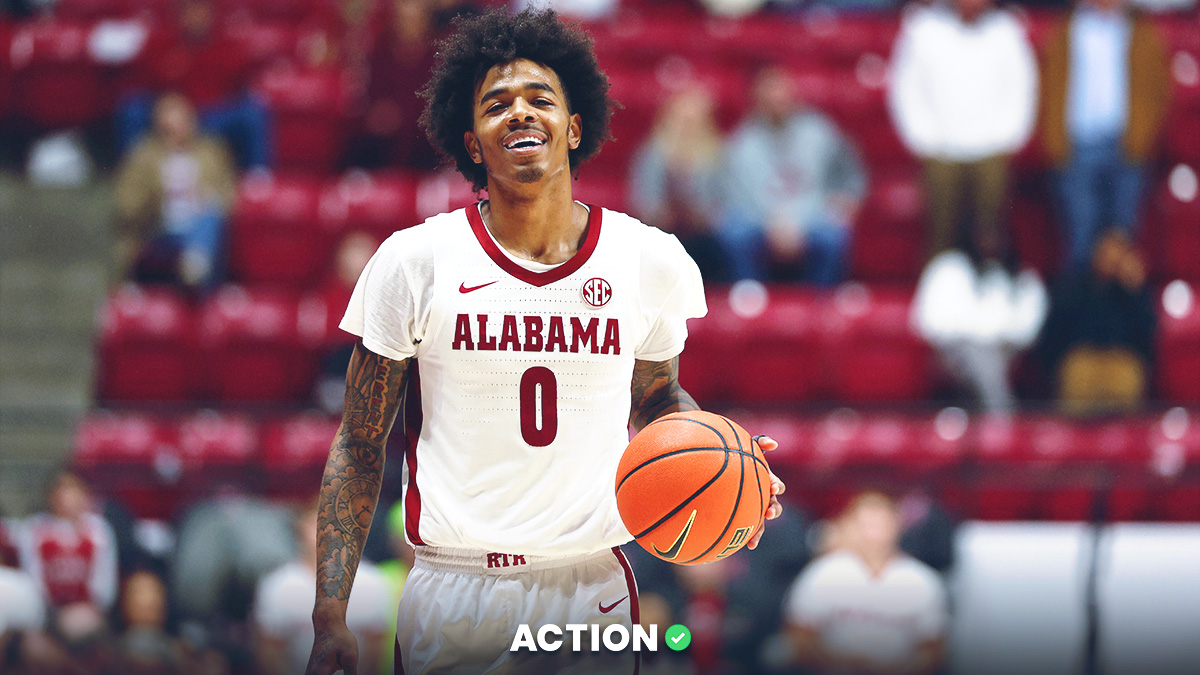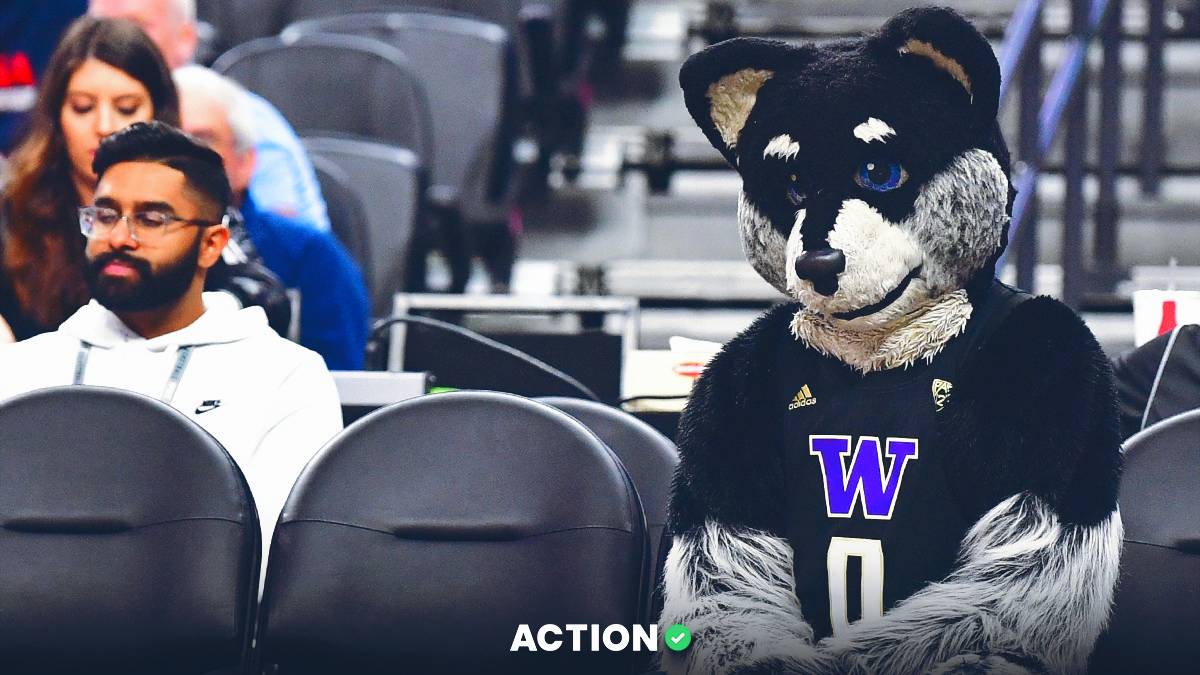UMass Lowell vs Vermont Odds
| UMass Lowell Odds | ||
|---|---|---|
| Spread | Total | Moneyline |
+6.5 -110 | 141.5 -110o / -110u | +225 |
| Vermont Odds | ||
|---|---|---|
| Spread | Total | Moneyline |
-6.5 -110 | 141.5 -110o / -110u | -275 |
The Vermont Catamounts have claimed at least a share of the America East regular-season title for seven straight seasons. When you think of America East basketball, you usually think of John Becker.
However, Vermont hasn’t seen as much conference tournament success. Despite always hosting, the Cats have won the title in just three of the last six seasons.
Vermont did win it last year, but a victory on Saturday would mark the first back-to-back titles for the program since the Taylor Coppenrath era.
Standing in Vermont’s way are the upstart UMass Lowell River Hawks. Under Pat Duquette, the Hawks made an unlikely run to the title game two years ago and posted the best season in program history this year.
More importantly, UMass Lowell is looking to make the NCAA tournament for the first time (shout-out @NMTC_Hoops).
So, there’s plenty on the line in Burlington on Saturday.
I began the season uber-high on the River Hawks. Duquette returned almost his entire roster, the 25th-most experienced in the nation.
Specifically, the River Hawks returned the conference’s best frontcourt, which was especially important in a year where most AmEast frontcourts were weak.
The tandem of Max Brooks and Allin Blunt — alongside St. Bonaventure transfer Abdoul Karim Coulibaly — terrorized the conference on both ends of the floor.
UMass Lowell was the league’s best offensive rebounding and post-up team, but also led the league in block rate and 2-point defense. Some of the Hawks’ numbers also translated nationally, where they were the fourth-best rim-protecting team and the 10th-best post-up defense by ShotQuality’s metrics.
Everyone does their part, but Brooks is the leader of the pack. He finished the year with the AmEast’s highest block rate and the second-highest offensive rebounding rate, locking up a spot on the All-Conference Defensive Team for the second straight year.
There’s a lot of KC Ndefo in Brooks.
And Brooks’ elite rim protection allows guards Ayinde Hikim and Everette Hammond to go wild on the perimeter. The two pressure the ball aggressively and keep opponents off the 3-point line, often forcing inefficient mid-range isolation shots.
Ultimately, thanks to the guys bruising down low, the River Hawks put together a hyper-efficient season on their way to a 24-7 record.
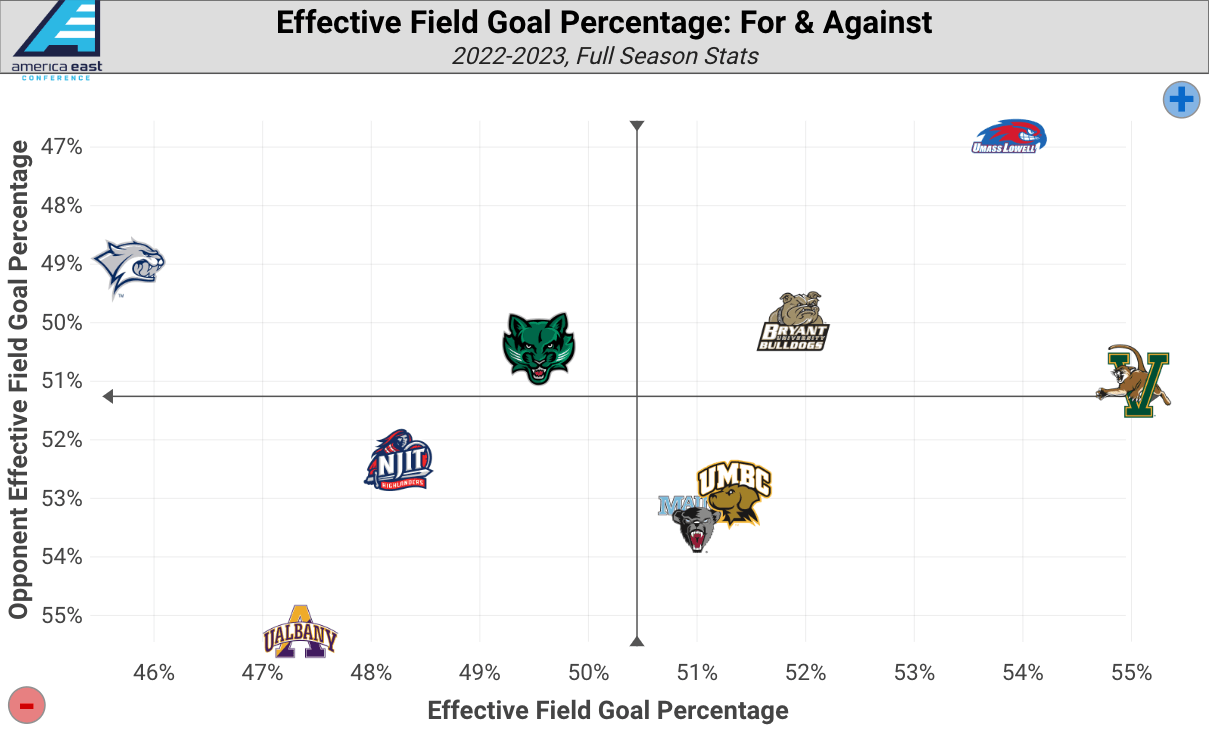 |
Image Credit: CBB Analytics
That said, Lowell has its issues.
First, Lowell’s post-heavy offense is effective but results in poor spacing. So, it limits Lowell’s ability to create driving lanes.
Lowell then started pressing down those clogged lanes, and the Hawks became turnover prone. And I mean, extremely turnover prone.
Lowell’s 13.7 turnovers per game were the highest in the AmEast, and the Hawks’ 20.1% turnover rate was sub-300 nationally. The Hawks turned the ball over 14 times in their narrow semifinal win over New Hampshire, including five straight ugly ones right before the half.
Hot shooting buoyed Lowell’s 14-2 start. However, the Hawks’ offensive numbers dipped considerably once the shots stopped falling, primarily because you can usually clog the paint against them and they’re so crazy turnover prone.
Also, the River Hawks foul a ton, which is never good.
This past summer, coach Becker pulled off one of the transfer portal’s biggest coups, snagging Dylan Penn from Bellarmine.
All the America East pundits (probably around six if you include me) expected Penn to immediately turn into the league’s most dangerous interior scoring threat. Penn’s crafty paint buckets could replace Ryan Davis’ interior-scoring ability, and the Vermont five-out offense would roll on uninhibited.
Coach Becker didn’t think that for a second.
Instead, Becker took Penn, returning guards Finn Sullivan and Aaron Deloney, Western Carolina transfer Kam Gibson and freshman guard TJ Hurley, and put them all in one pile.
“These are my interchangeable guards, and I’m just going to rotate them through my system depending on the matchup,” John Becker probably said at some point to someone.
And that’s what he did. And, my god, was he right.
Vermont runs a five-out motion offense with cut-and-fill aspects, and Becker runs almost exclusively three-guard lineups. However, each of his five guards brings a different offensive strength.
Sullivan and Deloney can shred weak perimeter defenses, Penn can shred weak interior defenses, and Gibson and Hurley are elite spot-up scorers. Becker saw he could morph his offense based on the defense, although that required making Penn part of the system rather than the system.
It took some major adjustments, as Vermont started 2-7 with a 48.2 eFG%. However, Becker's biggest adjustment was taking all his guards off the ball, instead planting senior Robin Duncan at the 4 and making him the main distributor.
Suddenly, Duncan started dealing, and the guards scored off-ball to their strengths.
For example, Sullivan/Deloney cooked UMass Lowell’s strong interior defense by scoring over the top. Another example is Penn/Gibson shooting a combined 13-for-17 from 2-point range in the AmEast semifinals against Binghamton’s relatively weak interior defense.
Dylan Penn and Kam Gibson were scoring the ball last night 🥵🥵🥵 pic.twitter.com/orYuUrRyFn
— UVM Men's Basketball (@UVMmbb) March 8, 2023
This system became the deadliest in the league and one of the nation’s best. Vermont is on a 12-game win streak and has the nation’s highest eFG% since Feb. 1, an astounding 61.5%. The Cats also led the AmEast in 2-point (58.2%) and 3-point (37.7%) shooting along the way.
The system turned Duncan into the league’s assist leader (4.5), Sullivan into the league’s Player of the Year and Deloney into the league’s back-to-back Sixth Man of the Year.
And after all this, Penn might still be the league’s most dangerous interior scoring threat. He’s posted a combined 49 points on 16-for-23 2-point shooting during this tournament run.
Penn has also become the team’s get-you-a-bucket guy late in games, even if he’s not the leading scorer. If Vermont is in a close first-round game with a high seed, the Cats can turn to this guy down the stretch.
Dylan Penn up to 24 points for @UVMmbb!@jerseymikes x #AEHoops x #AEPlayoffspic.twitter.com/ZXOA5RxBBO
— #AEHoops (@AEHoopsNews) March 8, 2023
Vermont won’t just beat you in the first 38 minutes, but it’ll also beat you in the final two. Great guard play plays in March!
This Catamounts team had to adjust and re-invent itself throughout the season. However, the end result was the same, an America East regular-season title behind one of the league’s deadliest offenses.
UMass Lowell vs Vermont Betting Pick
One thing I didn’t write about in my Vermont section, deliberately, is Vermont’s defensive adjustments this season.
That’s because it’s the key to this game.
During Vermont’s rough start, opposing offenses relentlessly posted up the Cats’ weak interior and got whatever they wanted. New Hampshire and UMass Lowell did that during Vermont’s two-game losing streak in early January.
However, Becker figured out his frontcourt rotation very soon after. He started rotating Matt Veretto and Rhode Island transfer Ileri Ayo-Faleye at center.
Ayo-Faleye has been a sparkplug for the Vermont defense. He has the highest DBPR on the team, per EvanMiya, and is the team’s best post-up defender by PPP allowed (.513, 93rd percentile among D-I players).
Ayo-Faleye’s athleticism is nuts, and Becker’s player development skills worked their wonders.
Former Cats coach Tom Brennan told Brady Farkas of WDEV Radio that Ayo-Faleye has improved “by leaps and bounds” this season.
Access Denied [ Vermont Ileri Ayo-Faleye with the Volleyball Spike. #YorkBallers#TeamEastBay#HGSL@ileriayofaleye@bmmitochondrial@fourmcglynn1pic.twitter.com/LbA7ibkJbY
— York Ballers Inc #TeamEastBay (@yorkballers) February 16, 2023
Once Becker installed this frontcourt rotation, Vermont built an adept interior defense.
For example, Vermont allowed 14 points on 12 post-up opportunities in its early-season loss to Lowell, then turned around and allowed two points on five post-up opportunities in its late-season win.
Now that Vermont can stop Lowell’s frontcourt from scoring at will, the Cats match up perfectly with the Hawks.
Outside of stopping the post-up on defense, Vermont’s elite defensive rebounding will keep Lowell off the offensive glass.
Meanwhile, Vermont can defend without fouling, negating Lowell’s league-high free-throw rate.
Lowell’s top three avenues to points are gone.
Conversely, Vermont’s ball movement and elite shooting will likely circumvent Lowell’s dominant interior defense. As alluded to, you should get plenty of Sullivan and Deloney scoring over the top.
And if you’re still scared that Vermont lost the first game, it’s worth mentioning Sullivan wasn’t available in that game. However, he posted 25 points in the regular-season revenge victory, just as I would’ve expected.
Ultimately, Vermont is playing its best ball, while Lowell already saw its peak. In fact, Lowell’s semifinal win over New Hampshire was graded as an analytical loss via ShotQuality, indicating the River Hawks might be lucky to be here.
Now, these “lucky” Hawks have to play at Patrick Gymnasium, the league’s most dominant home-court advantage that gets a nationally-televised game just once yearly. The Cats went 9-3 ATS on their floor this year, and it’ll be a madhouse Saturday morning.
The on-court matchup is awesome, the situation is great and the projections like Vermont from a numbers perspective. KenPom and the market have Vermont as a five-point favorite, but Bart Torvik projects UVM -5.6, ShotQualityBets projects UVM -7.1 and EvanMiya projects UVM -8.3.
Ultimately, I’m betting Vermont cruises to back-to-back tournament titles and NCAA tournament appearances. If I’m laying less than eight points, I’ll be on the Cats.
Pick: Vermont -5 (Play to -7.5) |
What is QuickSlip?
QuickSlip is an Action Network feature that allows users to automatically pre-load their bet slip at FanDuel Sportsbook.


